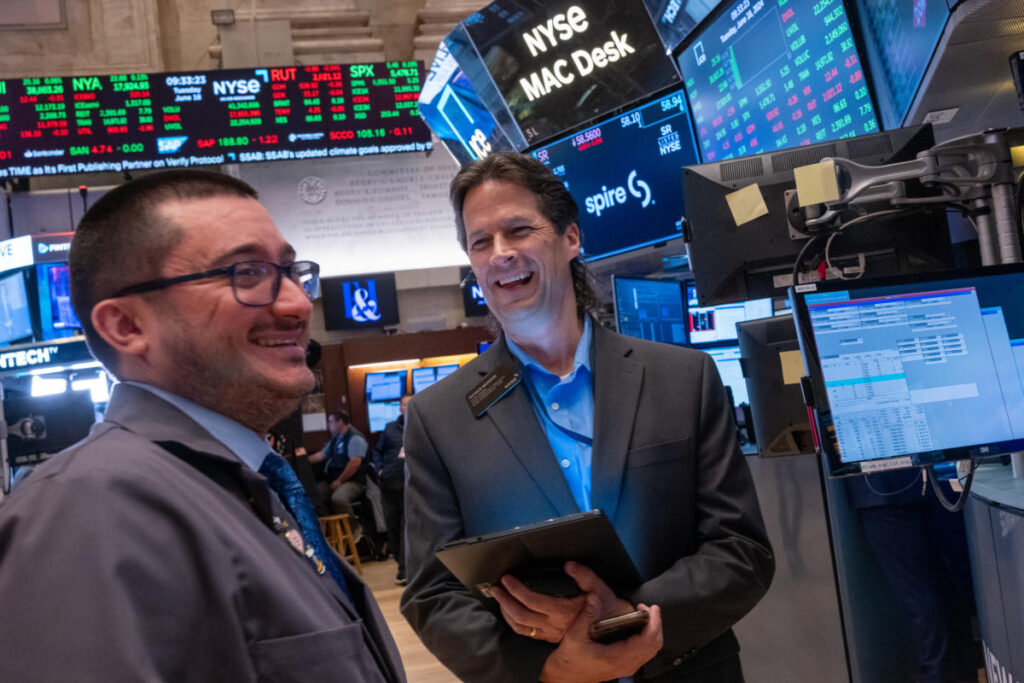If Friday’s July jobs report reveals the unemployment rate rose to 4.2% during the month, the Sahm Rule would be triggered.
The Sahm Rule, developed by economist Claudia Sahm, says that the US economy has entered a recession if the three-month average of the national unemployment rate has risen 0.5% or more from the previous 12-month low. The rule has successfully predicted recessions 100% of the time since the early 1970s.
But as we recently noted, economists, including Sahm herself, are cautious about such an outcome being used to conclude a recession is imminent for the US economy given the current economic backdrop.
“The rise in the unemployment rate is not as ominous as it would normally seem,” Sahm wrote in a July 26 post on Substack.
On Wednesday, when asked directly about if triggering the rule would be a concern, Fed Chair Jerome Powell clarified that the Sahm Rule is a “statistical regularity,” not an “economic rule where it’s telling you something must happen.”
“We look at all the things we’re seeing,” Powell said. “And what it looks like is a normalizing labor market.”
Powell further opined on the list of recession indicators that haven’t proved accurate during the current economic cycle, noting that “history doesn’t repeat itself; it rhymes.”
“Let’s remember that this pandemic era has been one in which so many apparent rules have been flouted, like the inverted yield curve, for starters,” Powell said. “So many perceived pieces of wisdom just haven’t worked.”
Powell pointed to the unique situation of inflation starting from the pandemic lockdown, where supply was constrained while demand spiked, as a reason the current economic situation is different than the past.
“The whole situation is not the same as many of the other prior inflation [spikes] or downturns that we’ve seen or business cycles that we’ve seen,” Powell said. “So we’re having to learn to be very careful about the judgments that we make.”

